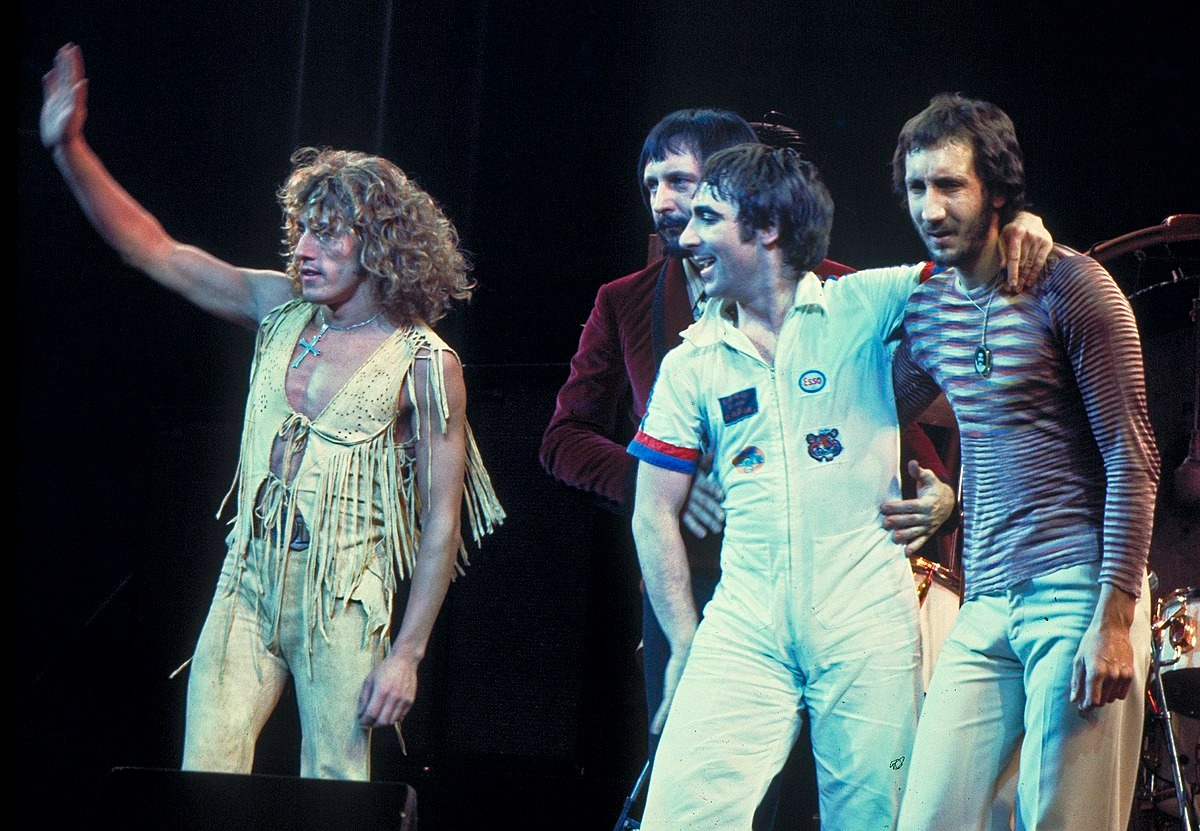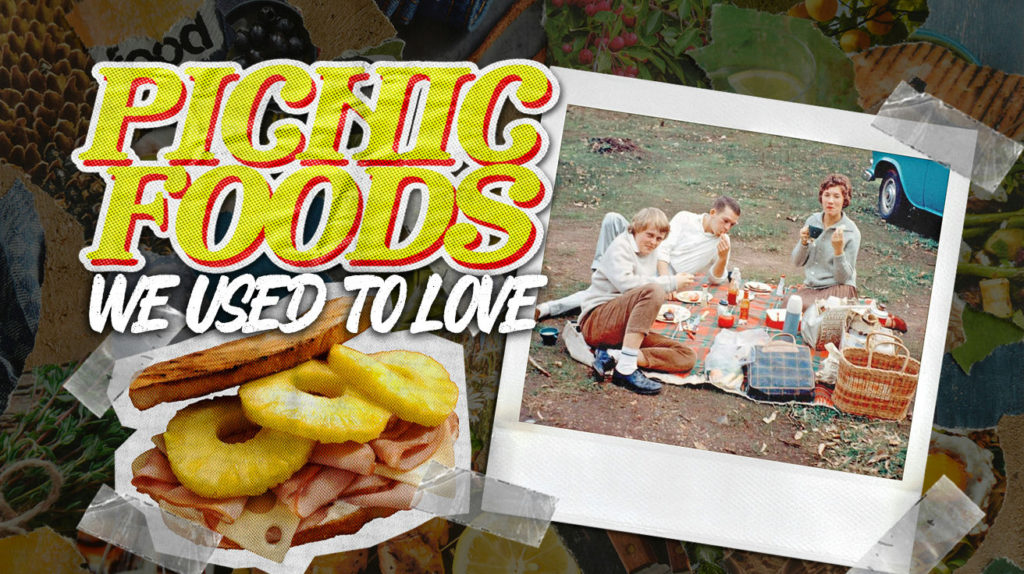
Remember when picnics weren’t Instagram opportunities but genuine escapes from wood-paneled living rooms? Before charcuterie boards and kombucha, American families spread checkered blankets across municipal parks with a culinary arsenal that would simultaneously horrify and fascinate modern nutritionists.
During the 1960s, picnics represented perhaps our last era of unfiltered food enjoyment—before we counted calories, worried about preservatives, or photographed meals.
15. Aloha on Rye: When Hawaii Met Ham in Sandwich Paradise
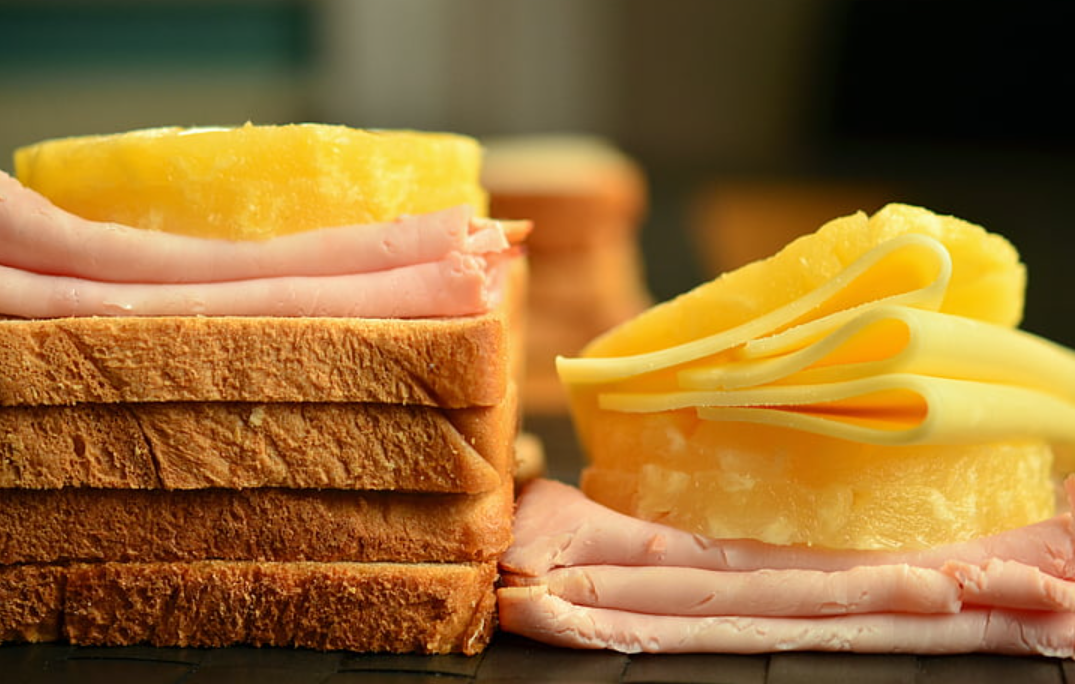
Long before celebrity chefs “discovered” contrasting flavor profiles, middle-class mothers mastered the tropical-meets-savory ham and pineapple sandwich. This wasn’t merely food—it was affordable luxury during an era when Hawaii had just become our 50th state.
Precise architecture guided the construction: thin ham slices layered with canned pineapple rings and Miracle Whip on pillowy white bread. When toasted briefly over charcoal, the pineapple caramelized slightly, transforming this simple sandwich into something transcendent.
14. Dill-icious Rollups: Factory Workers’ Favorite Finger Food

While food historians obsess over French influence in American cuisine, pickle and bologna rollups reveal more about Midwest identity than any coq au vin. The humble bologna slice—that pink enigma of mystery meat—found its perfect partner in dill pickles and cream cheese.
Preparation couldn’t be simpler: spread cream cheese across bologna, position pickle at one end, roll tightly. What emerges is a perfect harmony of textures—the snap of the pickle against creamy dairy and soft meat.
13. Celery Submarines: Pimento Cheese Vessels Dock at Picnic Point
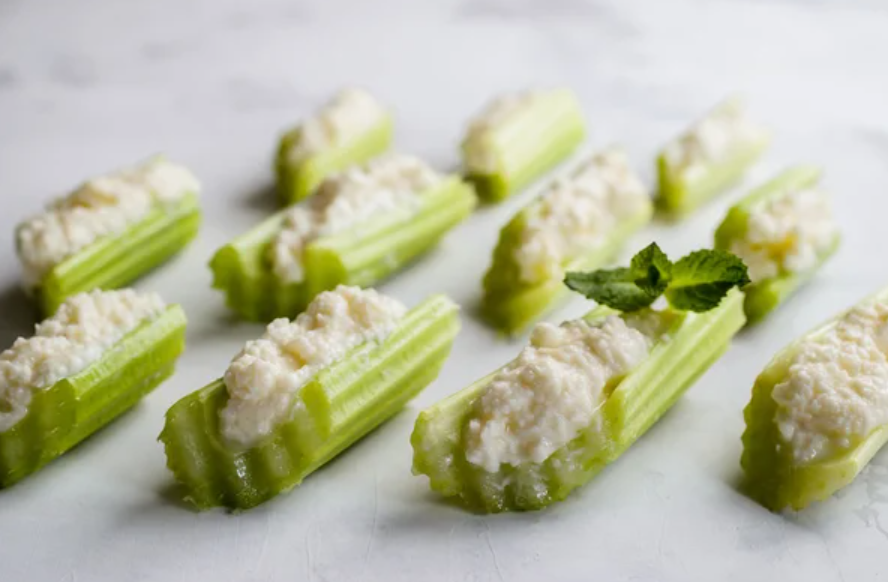
In contrast to today’s bacon-wrapped everything and deep-fried excess, postwar America embraced restraint through stuffed celery—nature’s edible spoon filled with pimento cheese. This combination delivers what modern nutritionists now preach: vegetable vehicles for controlled portions of indulgence.
Classic filling for these treats blended sharp cheddar, mayonnaise, and those distinctive red pimentos—their subtle sweetness cutting through dairy richness. Some topped with paprika or bacon bits, creating an appetizer that performed culinary magic: satisfying without overwhelming.
12. Martini Vibes Without the Hangover: Olives Get Dressed for the Park
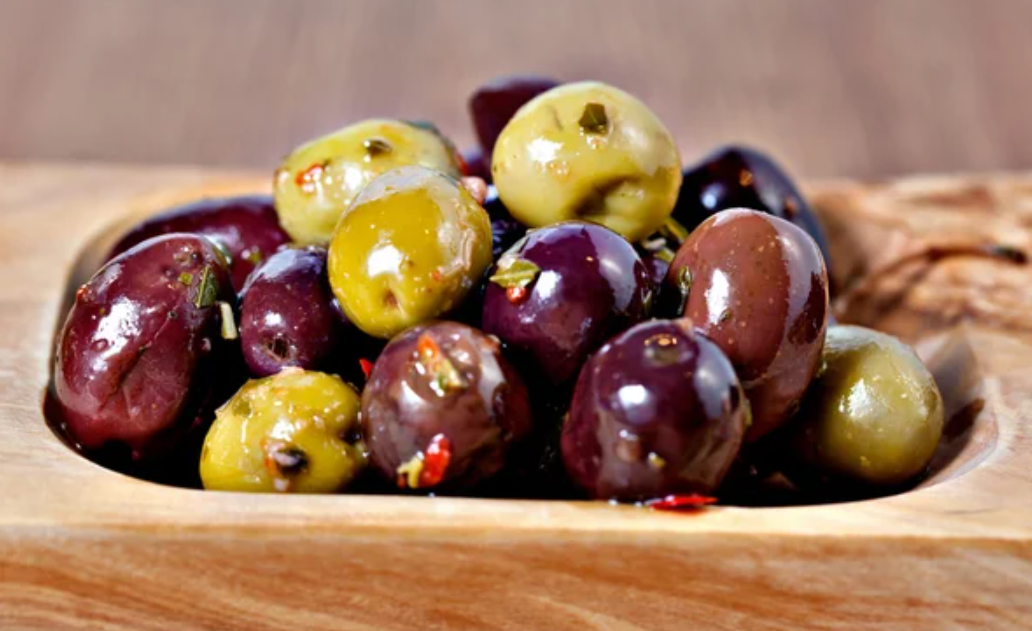
Like foreign exchange students at a high school dance, marinated olives brought European sophistication to picnic baskets dominated by processed foods. These briny gems represent America’s burgeoning international awareness during the Kennedy years.
Patience now absent from modern cooking appeared in the preparation process—jarred olives luxuriating for days in olive oil, vinegar, garlic and herbs. Italian versions featured lemon zest while Spanish varieties incorporated smoked paprika, allowing picnickers to experience international travel through taste.
11. Colonel Yesterday’s Secret: Why Cold Fried Chicken Ruled Checkered Blankets
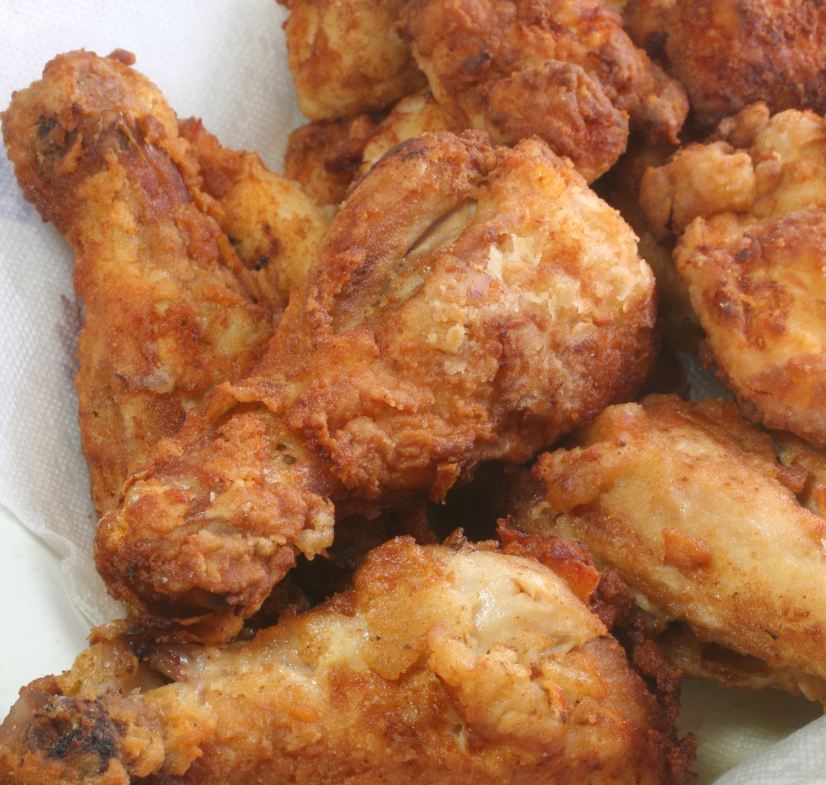
Nothing separates casual picnickers from serious practitioners like cold fried chicken—the chess to hot chicken’s checkers. This isn’t merely refrigerated leftovers but a deliberate culinary technique requiring advance planning.
Southern cooks knew the secret: chicken fried the previous day in well-seasoned flour develops magical properties overnight. Seasonings penetrate deeper, textures transform into something entirely unique, and ambient temperature allows flavors to bloom fully on the palate.
10. Berry Bite-Sized Bonnets: Tarts That Dressed for Yellowstone Success
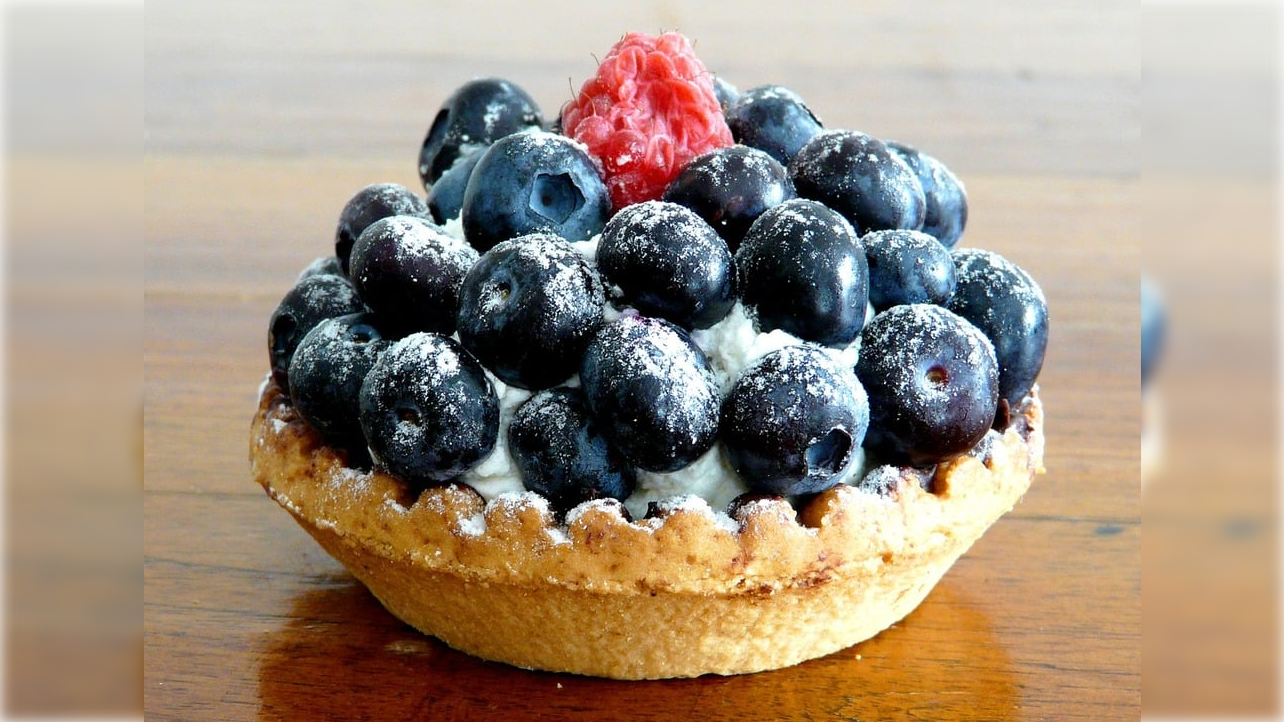
As desserts evolved into competitive sports of excess, blueberry tarts once delivered concentrated berry bliss without the contemporary sugar coma. Mid-century understanding of moderation lives in these two-bite wonders.
Simple yet technical construction balanced these treats: buttery crusts cradling jewel-toned fillings of blueberries simmered with just enough sugar and lemon juice to hold shape. Unlike today’s massive portions, these tarts satisfied without obliterating the ability to enjoy afternoon activities.
9. Plymouth Rock to Picnic Blanket: Beans That Crossed Centuries

While most ’60s picnic staples have faded into culinary obscurity, Boston baked beans maintain their position at modern gatherings—though few know their historical significance. These protein-packed legumes tell stories of Puritan frugality merged with indigenous cooking techniques.
Lost patience speaks through traditional preparation: navy beans soaked overnight before slow-cooking with molasses, brown sugar, mustard, and salt pork. Many households relied on canned versions enhanced with personal touches—extra molasses, ketchup, or Worcestershire sauce creating signature profiles.
8. Tuber Diplomacy: How Potato Salad United a Nation in Gingham Glory
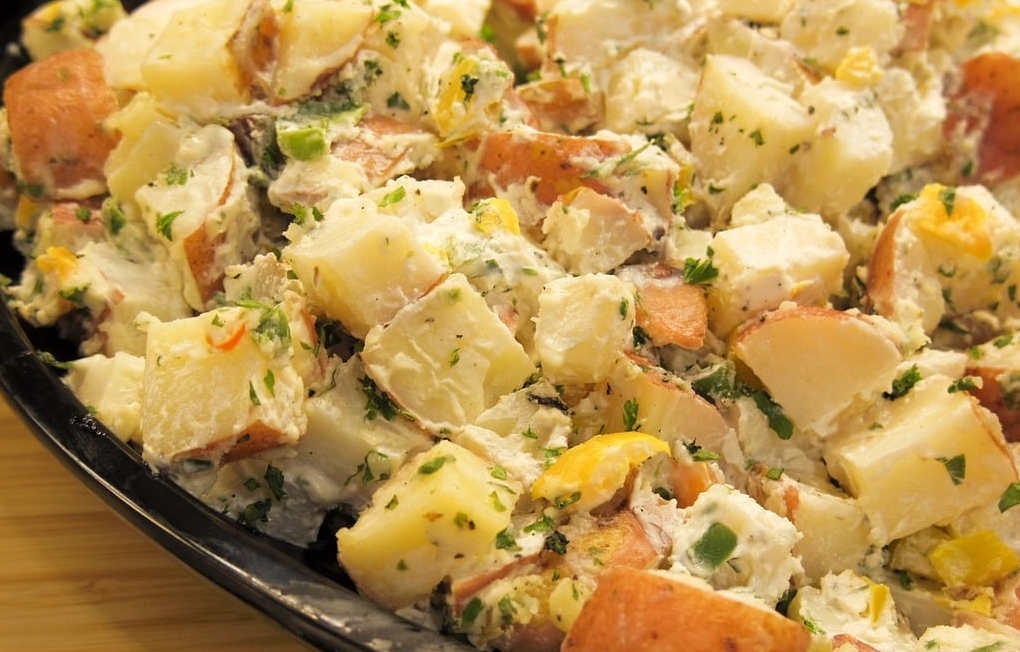
No investigation of ’60s picnic culture can ignore potato salad—the starchy canvas that united diverse American regions through shared love of mayo-based sides. This cornerstone dish carried family legacies and regional identities in each variation.
Specific protocols governed classic preparation: waxy potatoes boiled to fork-tenderness, cooled before incorporating mayonnaise, hard-boiled eggs, celery, and onions. All formulations received the ceremonial dusting of paprika, an early form of food styling before such concepts existed.
7. From Butcher’s Bargain to Foodie Obsession: Tongue Sandwiches Speak Volumes

Modern food sensibilities have relegated organ meats to high-end tasting menus, but smoked beef tongue sandwiches were once picnic standards without pretension. This remarkable protein highlights our cultural shift away from whole-animal consumption.
Dedication was required in preparation: simmering tongue with aromatic vegetables until tender, then smoking over hardwood for distinct flavor penetration. Thinly sliced and piled high on rye with spicy brown mustard, these sandwiches delivered rich, mineral-forward satisfaction perfect for outdoor appetite.
6. Sunday Best Chicken: Poultry Dressed Up for Grand Teton Glamour

Seeking middle ground between casual drumsticks and formal dining? Baked stuffed chicken breasts bridged everyday cooking with special occasion sensibilities when picnics required something a bit more elevated.
Balancing simplicity with technique defined the classic approach: butterflied chicken breasts filled with bread-based stuffing, seasoned with sage and pepper. Creative variations incorporated regional preferences—ham and Swiss cheese in German-American communities or mushrooms in areas with Italian influence.
5. Wiggle While You Picnic: Jell-O Salads Shake Up Sequoia National Park

Nothing embodied mid-century American food technology like vibrant Jell-O salads with suspended fruit. These gelatin-based laboratories captured postwar optimism through food chemistry, representing innovation on the family table.
Formulas worthy of science class guided construction: dissolved flavored gelatin cooling to syrupy consistency before suspending canned fruit cocktail in perpetual animation. Advanced practitioners incorporated marshmallows for textural variation, while ambitious hostesses introduced whipped topping for cloudy, sophisticated variations.
4. Yesterday’s Dinner, Today’s Superstar: Meatloaf Takes a Cold Road Trip
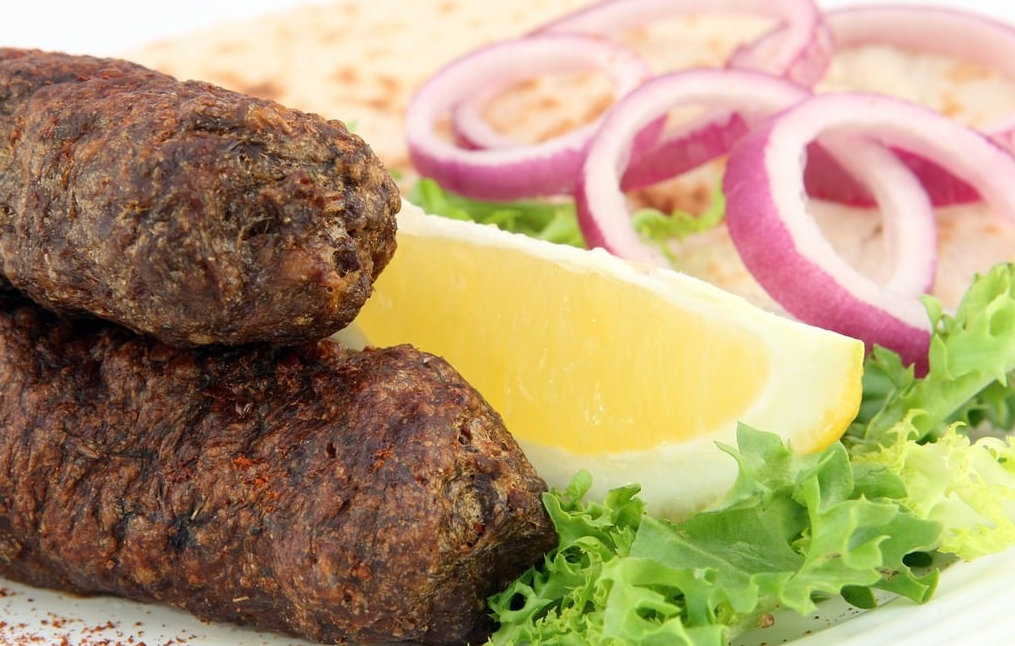
Today’s meal preppers didn’t invent deliberate leftovers—1960s households mastered the concept through strategic cold meatloaf slices. This protein-forward strategy efficiently managed resources while maintaining flavor quality across multiple meals.
Flavor elements condense and intensify when served cold, creating a completely different eating experience from the hot original. Whether enjoyed plain or sandwiched between bread, cold meatloaf delivered practical protein perfectly suited for outdoor consumption.
3. Canned Convenience in Gingham Surroundings: Deviled Ham Gets Ritzy
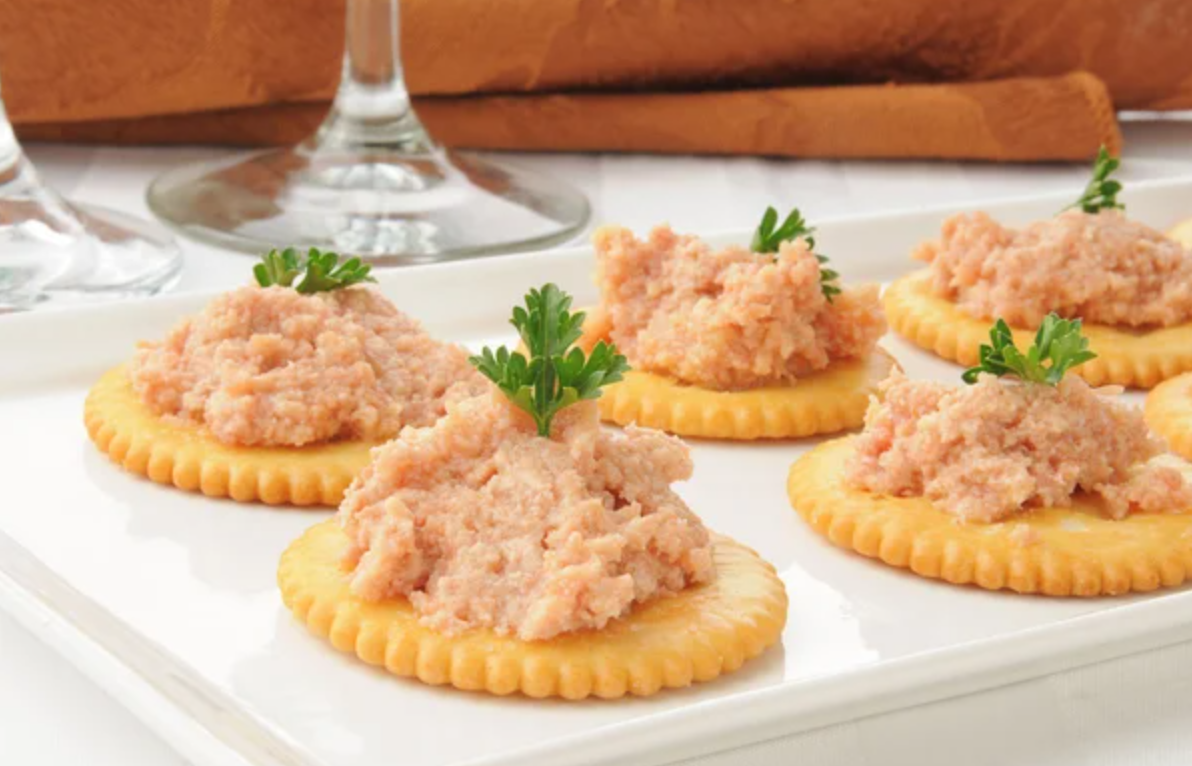
When pre-packaged snack packs hadn’t yet dominated grocery aisles, deviled ham spread on Ritz crackers represented early convenience food that still required human intervention—a stepping stone between scratch cooking and modern ultra-processed options.
Efficiency balanced with personalization in classic preparation: Underwood canned ham blended with mayonnaise created the foundation, while hot sauce and pickle relish added customized personality. These bite-sized delivery systems offered immediate satisfaction without demanding refrigeration.
2. Wonder Bread Wedding Cake: The Sandwich Loaf That Wowed Central Park

Transforming ordinary sandwich fillings into showstopping centerpieces, the frosted sandwich loaf elevated practical food into celebration art. This multi-layered marvel showcased middle-class entertainment aspirations through innovative presentation.
Precision engineering was required: horizontally sliced white bread forming structural layers, each supporting distinct fillings—tuna salad, egg salad, ham salad, and olive-pimento spread. The exterior received sculptural treatment with whipped cream cheese, sometimes tinted festive colors with food dye that would terrify modern natural-food advocates.
1. Sky-High Sweetness: Angel Food Brings Heaven to Earth (and National Parks)
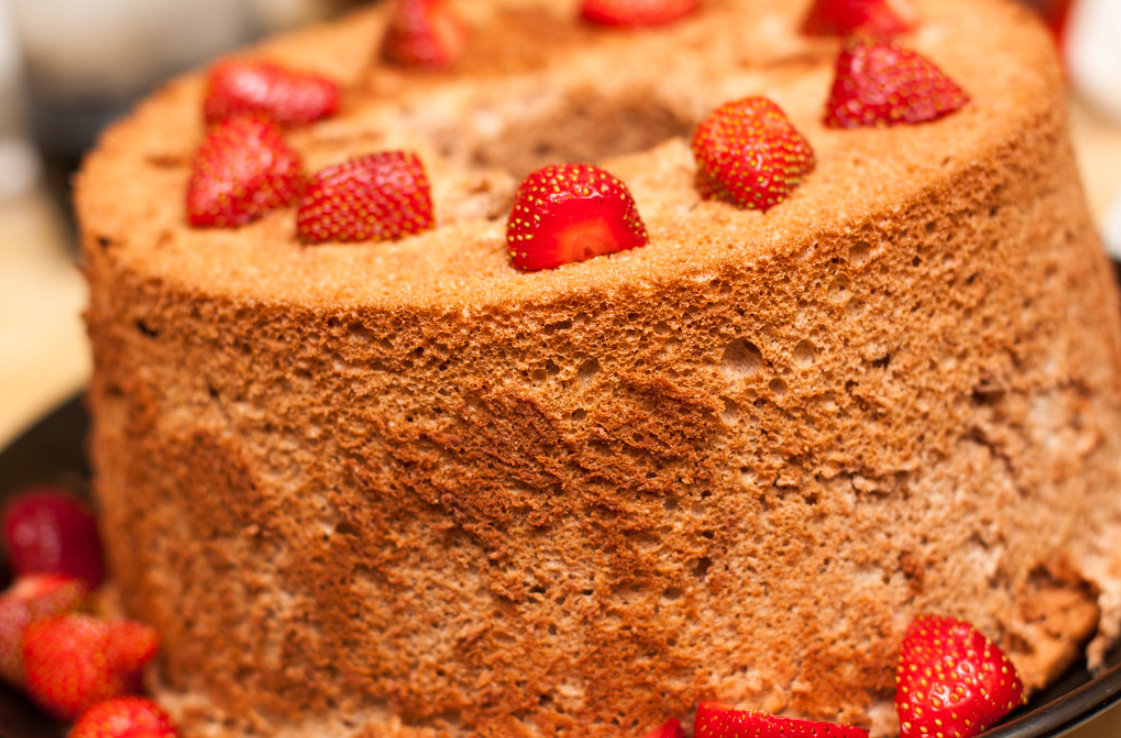
Long before gluten-free and keto options crowded bakery cases, angel food cake delivered guilt-free sweetness through natural ingredients and air-whipped volume. This protein-forward dessert offered the perfect light ending to hearty picnic fare.
Science behind this cloud-like creation demanded technique: properly whipped egg whites folded with minimal flour created structure without density. At approximately 40 calories per slice, it satisfied sweet cravings without derailing active afternoons—an early version of balanced eating that contemporary nutritionists would approve.









